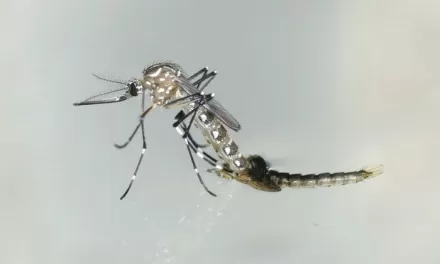A recent study has uncovered nearly 200 potential cancer-causing chemicals in materials used for everyday food packaging, such as plastics and paper, raising concerns about widespread exposure to these harmful substances despite existing regulations. The findings emphasize the need for stricter preventative measures to reduce the presence of carcinogens in products that come into contact with food.
The study, conducted by researchers at the Food Packaging Forum, identified 189 chemicals linked to breast cancer in food contact materials (FCMs) that are readily available on the market. These chemicals include 143 found in plastics and 89 in paper-based packaging, revealing the extent of exposure to carcinogens in commonly used products.
“This study is important because it shows that there is a huge opportunity for the prevention of human exposure to breast cancer-causing chemicals,” said Jane Muncke, Managing Director of the Food Packaging Forum and co-author of the research. “The potential for cancer prevention by reducing hazardous chemicals in your daily life is underexplored and deserves much more attention.”
Potential Breast Carcinogens in Food Packaging
The study compared a list of potential breast carcinogens developed by scientists at the Silent Spring Institute with data from the Food Packaging Forum’s Database on migrating and extractable food contact chemicals (FCCmigex). The results revealed that these chemicals have been detected in food packaging, including in highly regulated markets such as the US and EU.
Lindsey Parkinson, Data Scientist and lead author of the study, stated, “Identifying the presence of these hazardous chemicals in food contact materials was possible thanks to our FCCmigex Database. This resource brings together valuable information from thousands of published scientific studies on chemicals in food contact materials into a single and easily explorable place.”
Continued Exposure Despite Regulations
One of the most alarming aspects of the study is that these chemicals were found in food contact articles purchased within the last few years, even from markets with stringent regulations. When focusing on data from 2020 to 2022, the researchers found that exposure to 76 suspected mammary carcinogens occurred under realistic conditions, with 80% of these chemicals coming from plastics.
The study highlights gaps in current regulatory frameworks that are intended to protect consumers from carcinogens in food packaging. While regulations in many countries aim to limit the use of genotoxic carcinogens in FCMs, the continued presence of these hazardous chemicals suggests that these efforts are falling short.
“Our findings imply that chronic exposure of the entire population to suspected mammary carcinogens from FCMs is the norm and highlights an important, but currently underappreciated, opportunity for prevention,” the researchers noted.
Implications for Policy and Public Health
The discovery of these carcinogens in food packaging has far-reaching implications for public health and policy. As cancer is one of the few health endpoints specifically targeted in food contact material regulations, this study underscores the urgent need for better enforcement and enhanced preventative strategies to reduce exposure.
Experts suggest that greater attention should be given to identifying and eliminating hazardous chemicals from food packaging materials, particularly those that pose a risk of causing cancer. As the global population continues to be exposed to these chemicals, the call for more rigorous testing and regulation of FCMs becomes increasingly urgent.
The study, titled “Potential Mammary Carcinogens Used in Food Contact Articles: Implications for Policy, Enforcement, and Prevention,” was published in Frontiers in Toxicology on August 27, 2024.












